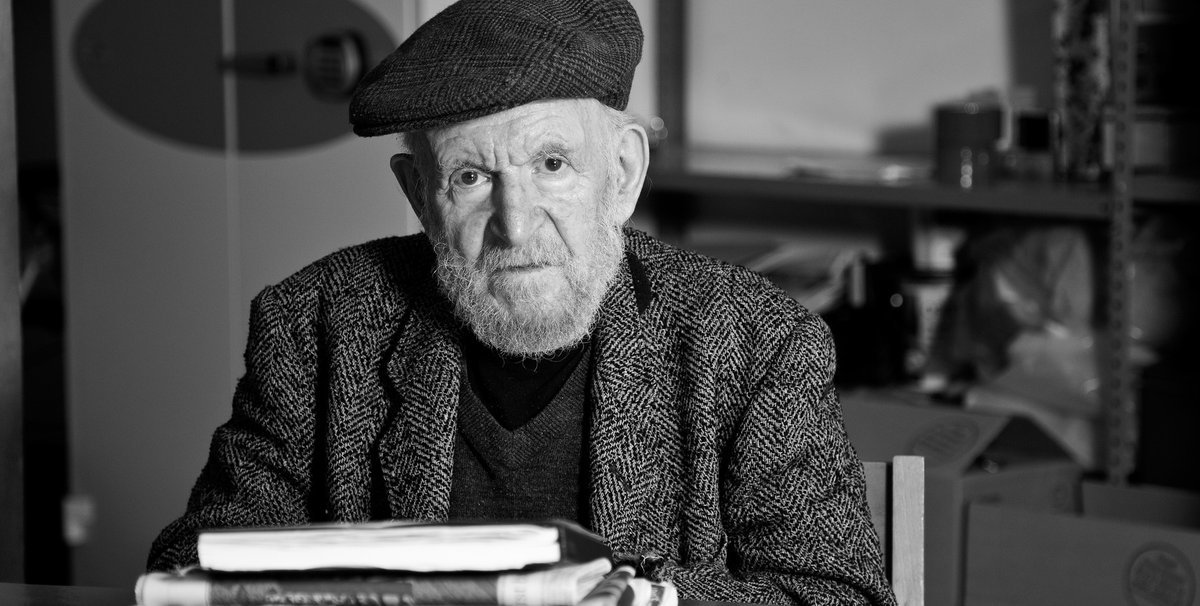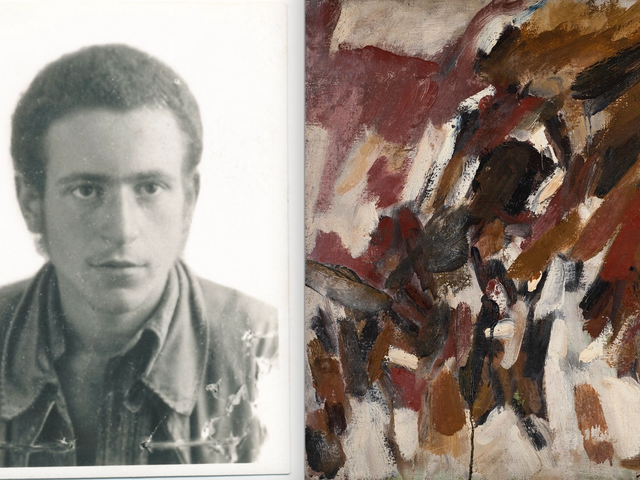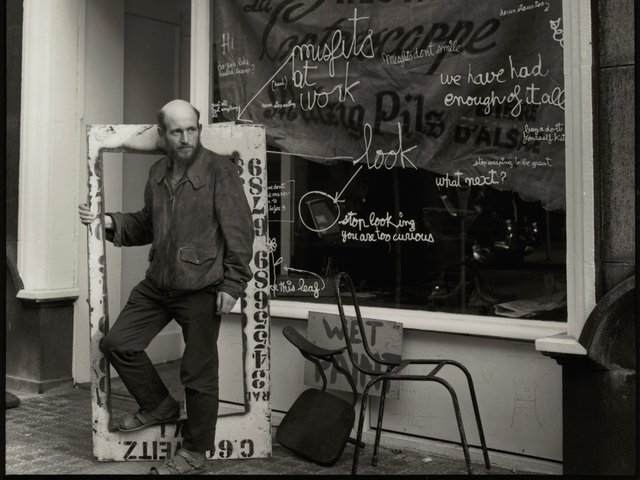The artist Gustav Metzger, the leading proponent of the Auto Destructive public art movement, has died age 90. Metzger coined the term in 1962 for a group of artists who dismantled objects as part of the creative process. “He was one of the truly radical artists of the 20th century,” says Hans Ulrich Obrist, the artistic director of the Serpentine Galleries in London, who worked closely with Metzger over the past two decades.
Metzger’s art and activism sprang from his political beliefs. By 1958, he was heavily involved in anti-capitalist, anti-consumerist movements and the Campaign for Nuclear Disarmament. In 1959, Metzger wrote in the first of three auto destructive manifestoes that “self-destructive painting, sculpture and construction is a total unity of idea, site, form, colour, method, and timing of the disintegrative process”.
In 1961, he held his first public demonstration of auto-destructive art at the Temple Gallery in London when he applied hydrochloric acid to large sheets of fabric hung across panes of glass. Abstract shapes formed as the acid was daubed on the material.
Speaking in 2009, Metzger said: “I was very aggressive putting the acid onto that nylon. It was partly me attacking the system of capitalism, but inevitably also the systems of war, the warmongers, and destroying them in a sense symbolically.” The demonstration was recreated in 2004 as part of the Tate Britain exhibition Art and the 60s: this was Tomorrow.
Metzger was born in Nuremberg, Germany, to Polish-Jewish parents in 1926. He came to Britain on the Kindertransport (the mass rescue movement of children) in 1939. In the mid 1940s, he met Henry Moore at the National Gallery in London and asked to become his assistant. Moore suggested that Metzger attended college instead and from 1945 to 1953, he subsequently studied at art schools in Cambridge, London, Antwerp and Oxford.
“He was always charming but did not compromise,” Obrist says. “So many young artists think about the role of the artist in society, and look to him as role model. He really was an artists’ artist.” In 2009, the Serpentine Gallery launched a survey of Metzger’s work spanning 1959 to 2009, which included the auto-destructive and auto-creative works of the 1960s encompassing the artist’s use of liquid crystals projections. The Historic Photographs series (mid 1990s), which responded to major events and catastrophes of the 20th century, also featured.
In 2009, he unveiled Flailing Trees at the Whitworth Art Gallery in Manchester, a sculptural piece comprising 21 willow trees implanted upside down in concrete. The work highlighted the threat of global warming. “Only a few weeks ago, he told me that we need to continue the struggle against extinction and the destruction of species,” Obrist says.
The commercialisation of the art world enflamed Metzger and he held an art strike between 1977 and 1980, when he refused to make works. In 2007, he launched a campaign, called Reduce Our Flights, protesting against the use of aeroplanes by art world professionals. He told Frieze magazine: “At last year’s Art Basel [2006], I felt that something should or could be done in relation to the flights, both of artists and gallery people, and the transportation of works of art.”




